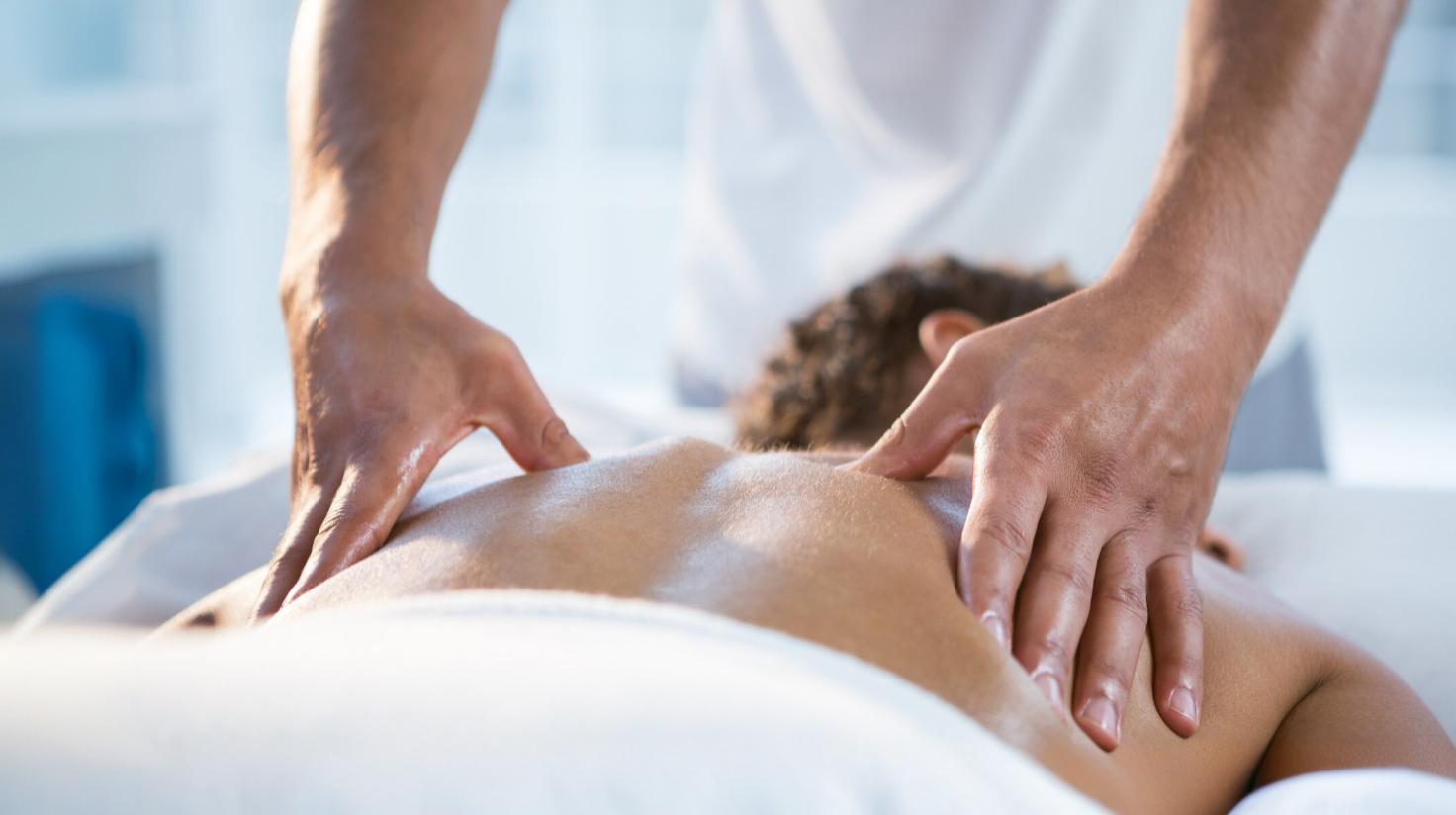20th, May 2025
Common Pain Triggers Massage Therapy Clinic in Mississauga
Massage Therapy Clinic in Mississauga
Pain is a frequently reported concern in clinical environments, yet its underlying causes often remain unexamined. If you’ve been dealing with consistent discomfort in areas like the
neck, back, shoulders, or joints, exploring potential contributing factors can support more consistent improvement.
A
massage therapy clinic in Mississauga outlines insights from years of client care, shedding light on nine recurring contributors to discomfort. Whether you're facing persistent stiffness or unexpected tightness, understanding these factors may offer clarity about what’s affecting your body.
What Are Pain Triggers?
Pain triggers refer to specific factors that influence the development or continuation of physical discomfort. These can be physical (such as posture), behavioral (like repetitive activities), or environmental (such as workstation setup). Often, they’re embedded in daily routines and can be difficult to spot without careful assessment.
Recognizing these triggers allows practitioners to observe patterns that might otherwise go unnoticed. This awareness also helps individuals make manageable adjustments in daily activities, potentially easing the strain placed on different parts of the body.
Why Identifying Pain Triggers Matters
Addressing symptoms without identifying contributing elements may result in short-lived progress. Many individuals return for help with repeating issues, unaware that unexamined habits or conditions might be playing a role. At a massage therapy clinic in Mississauga, practitioners emphasize the importance of identifying the underlying influences behind recurring issues. Doing so can help reduce their frequency and guide more focused approaches to physical care. Gaining insight into the reasons behind discomfort also fosters more informed decisions in daily movement, posture, and recovery habits.
Common Pain Triggers Seen at a Massage Therapy Clinic in Mississauga
- Poor Posture
Misalignment during sitting or standing can place extra strain on the spine, neck, and shoulder regions.
- Stress and Muscle Tension
Emotional pressure often translates into physical tightness, particularly in the upper back and shoulders.
- Repetitive Movements
Engaging in the same motions repeatedly may place excessive load on certain muscle groups.
- Lack of Movement or Sedentary Lifestyle
Reduced mobility can lead to stiffness in joints and limited circulation in the surrounding tissues.
- Overuse During Physical Activity
Activity without adequate recovery time may result in strain or discomfort in targeted areas.
- Ergonomic Hazards at Workstations
Inadequate desk setup or non-supportive chairs often lead to prolonged pressure in the neck, wrists, or back.
- Old Injuries or Surgical Scars
Previous injuries or surgery can lead to movement adaptations, which may affect other parts of the body over time.
- Sleep Position and Bedding Quality
Unsuitable mattresses or pillows can lead to misalignment during rest, sometimes causing tension or limited movement upon waking.
- Nutritional and Hydration Deficiencies
Insufficient fluid intake or missing nutrients may contribute to muscular fatigue or tightness.
The Value of Identifying Triggers
Pinpointing the contributing factors to discomfort helps guide more targeted responses. These triggers often overlap, with one influencing another. Over time, this can lead to more widespread tension or movement limitations.
At a massage therapy clinic in Mississauga, the care process starts with a detailed intake session. This involves both a physical evaluation and a conversation about the client’s routines, movement habits, occupational setup, and activity levels. This well-rounded approach enables the team to identify less-obvious contributors to discomfort and build an appropriate care plan.
The Role of Massage Therapy
Massage therapy involves hands-on techniques aimed at supporting tissue function, promoting circulation, and easing soft-tissue tension. Various methods can be used to address ongoing muscular concerns and support more fluid movement.
Some approaches applied in clinical settings include:
- Trigger point techniques
- Myofascial release
- Deep-pressure applications
- Assisted stretching
- Relaxation-based sessions
These techniques help individuals develop greater awareness of how their bodies respond to different demands. Over time, this can support adjustments in movement patterns or posture.
When to Seek Support
If discomfort is affecting how you move, rest, or perform everyday tasks, it may be time to speak with a trained practitioner. Subtle habits or patterns especially those developed over time can sometimes be difficult to recognize without an outside perspective. The team at a massage therapy clinic in Mississauga recommends seeking care before discomfort intensifies. Timely attention may support more manageable improvements and help reduce the chance of lingering limitations.
Moving Forward
Understanding where discomfort begins is key to addressing it in a meaningful way. From posture and activity to sleep and stress, these nine triggers often go unnoticed until they begin to affect movement and daily tasks.
The
Massage Therapy Clinic in Mississauga uses a structured approach to gather insights and explore the links between lifestyle and discomfort. Identifying contributing factors is often the first step toward more comfortable and coordinated physical functioning.

